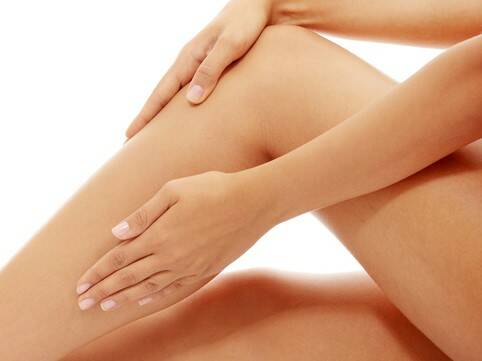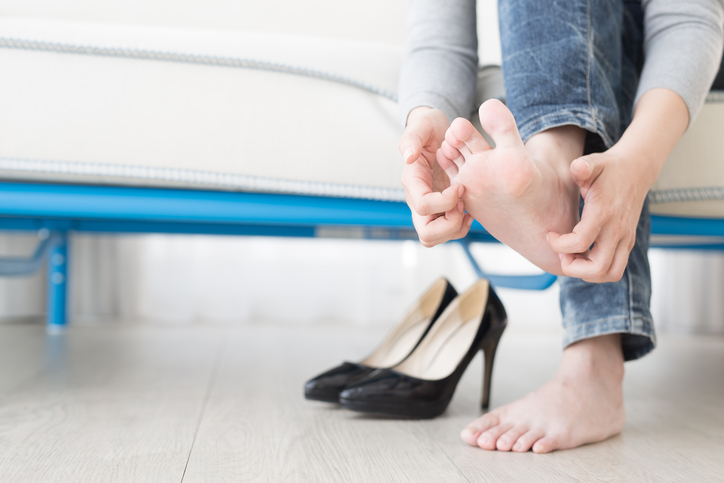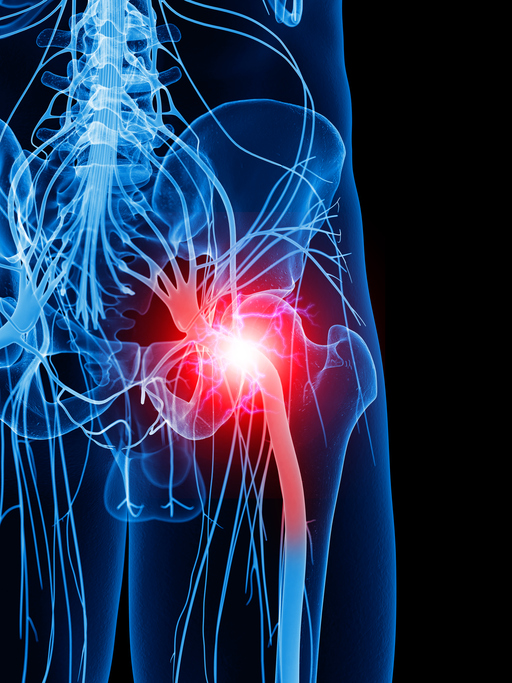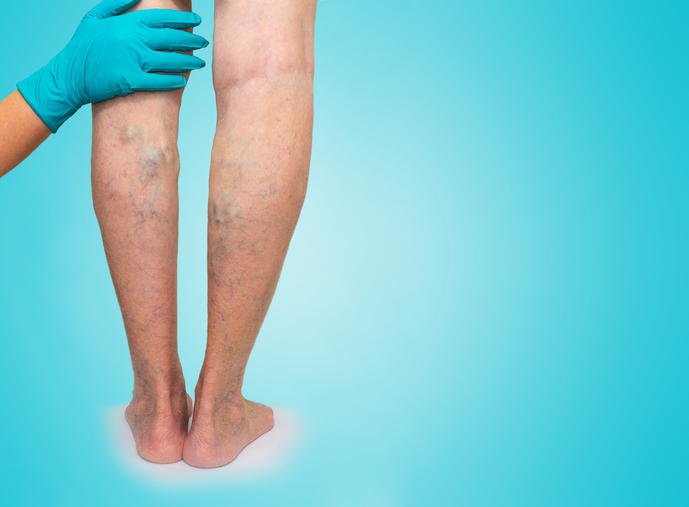- Institute for Quality and Efficiency in Health Care (October 9, 2014). "Slipped disk: Overview".
- Ropper, AH; Zafonte, RD (26 March 2015). "Sciatica". The New England Journal of Medicine. 372 (13): 1240–8.
- Valat, JP; Genevay, S; Marty, M; Rozenberg, S; Koes, B (April 2010). "Sciatica". Best Practice & Research. Clinical Rheumatology. 24 (2): 241–52.
- T.J. Fowler; J.W. Scadding (28 November 2003). Clinical Neurology, 3Ed.
- Koes, B W; van Tulder, M W; Peul, W C (2007-06-23). "Diagnosis and treatment of sciatica". BMJ : British Medical Journal. 334 (7607): 1313–1317.
- Markova, Tsvetio (2007). "Treatment of Acute Sciatica". Am Fam Physician. 75 (1): 99–100.
- Enke O, New HA, New CH, Mathieson S, McLachlan AJ, Latimer J, Maher CG, Lin CC (July 2018). "Anticonvulsants in the treatment of low back pain and lumbar radicular pain: a systematic review and meta-analysis". CMAJ. 190 (26): E786–E793.
- Cook CE, Taylor J, Wright A, Milosavljevic S, Goode A, Whitford M (June 2014). "Risk factors for first time incidence sciatica: a systematic review". Physiother Res Int. 19 (2): 65–78.
- Simpson, John (2009). Oxford English dictionary (2nd ed.). Oxford: Oxford University Press. ISBN 978-0199563838.
- Bhat, Sriram (2013). SRB's Manual of Surgery. p. 364. ISBN 9789350259443.
- Tarulli AW, Raynor EM (May 2007). "Lumbosacral radiculopathy" (PDF). Neurologic Clinics. 25 (2): 387–405. doi:10.1016/j.ncl.2007.01.008.
- Butterworth IV, John F. (2013). Morgan & Mikhail's Clinical Anesthesiology. David C. Mackey, John D. Wasnick (5th. ed.). New York: McGraw-Hill. pp. Chapter 47. Chronic Pain Management. ISBN 9780071627030. OCLC 829055521.
- Ropper, Allan H. (2014). Adams and Victor's Principles of Neurology. Samuels, Martin A., Klein, Joshua P. (Tenth ed.). New York. pp. Chapter 11. Pain in the Back, Neck, and Extremities. ISBN 9780071794794.
- Miller TA, White KP, Ross DC (September 2012). "The diagnosis and management of Piriformis Syndrome: myths and facts". Can J Neurol Sci. 39 (5): 577–83.
- Kirschner JS, Foye PM, Cole JL (July 2009). "Piriformis syndrome, diagnosis and treatment". Muscle Nerve. 40 (1): 10–18.
Limb pain: Rest Pain and Myalgic Pain

Photo source: Getty images
Diseases with symptom "Limb pain"
- Adenovirus infection
- Amyloidosis
- Aortic dissection
- Arthrosis
- Ascariasis - hookworm, childhood roundworm
- Atherosclerosis
- Avitaminosis
- Axial spondyloarthritis
- Bechterev disease
- Celiac Disease
- Chronic venous
- Coronavirus - COVID-19
- Crohn's disease - Morbus Crohn
- Cushing's syndrome
- Cytomegalovirus infection
- Deep vein thrombosis
- Dengue fever - dengue virus
- Endocarditis
- Enteropathic Arthritis
- Fabry disease
- Facet joint syndrome
- Infectious Mononucleosis
- Inflammation of the nasopharynx - pharyngitis
- Jaundice
- Juvenile idiopathic arthritis
- Leukemia
- Lordosis
- Lumbago
- Lyme disease
- Lymphedema
- Measles
- Monkeypox - Monkeypox
- Osteochondrosis
- Osteoporosis
- Overlap syndrome and mixed connective tissue disease
- Peripheral Artery Disease
- Pneumonia
- Polymyositis and Dermatomyositis
- Post-thrombotic syndrome
- Premenstrual syndrome - PMS
- Pseudoradiculopathy
- Psoriatic arthritis
- Raynaud Syndrome
- Reactive Arthritis
- Rheumatic Fever
- Rheumatoid Arthritis
- Sciatic Nerve Inflammation - sciatica
- Scoliosis
- Septic Arthritis
- SI joint block
- Spina bifida
- Spinal Disc Herniation
- Spinal Stenosis
- Spondylarthrosis
- Spondylolisthesis
- Spondylosis
- The common cold
- Thrombophlebitis of superficial veins
- Tumours of the spine and the spinal cord
- Undifferentiated spondyloarthritis
- Vasculitis
- Vertebrogenic Pain Syndrome
- Varicose veins
- Coccygeal pain
- Arthritis
- Bone cancer
- Cauda Equina Syndrome
- Chronic venous
- Diabetic neuropathy
- Gout
- Histamine intolerance
- Polyneuropathy
- Radiculopathy
- Scleroderma
- Sjögren's syndrome
- Influenza
- Mor













